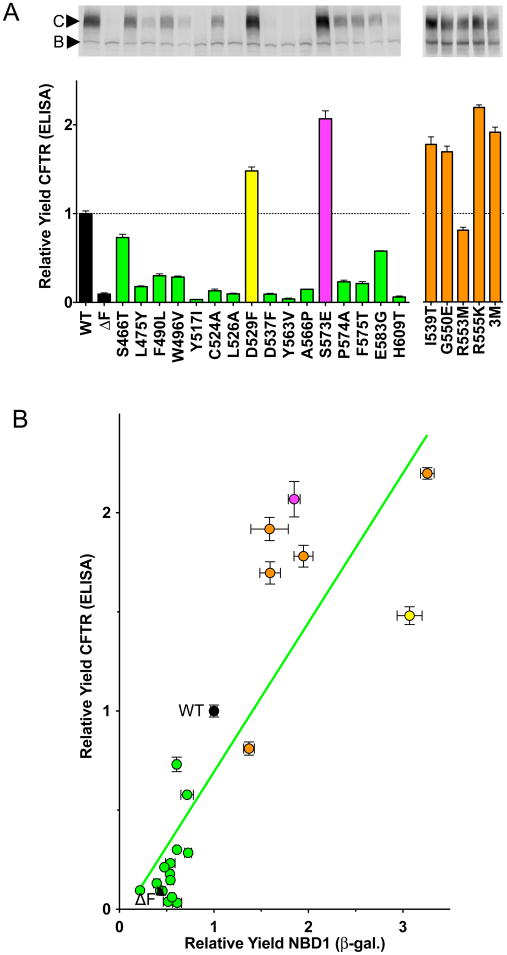Figure 4. Effects of 508-Coupled and Second-Site Suppressor Mutations on CFTR Maturation: Correlation with NBD1 Folding Yield.
Effects of 508-coupled mutations (green, yellow, and magenta) and second-site suppressors (orange) on the maturation of full-length CFTR and correlation with NBD1 folding yield. (A) The efficiency of full-length CFTR maturation was determined by ELISA (+/− SEM, n=6 for WT, ΔF508, D529F, and S573E, n=3 for other mutants). A control western blot is shown above the bar graph. All mutations altered maturation relative to wild type CFTR. The two 508-coupled positions that increased NBD1 folding yield, D529F and S573E, also increased the maturation yield of CFTR (yellow and magenta bars, respectively). See also Figure S5. (B) The influence of the 508-coupled mutations (green circles), four second-site suppressor mutations (I539T, G550E, R553M, and R555K) and three suppressors in combination (G550E, R553M, and R555K) (orange circles) on F508 background on relative maturation of full-length CFTR and relative NBD1 folding yield is correlated (green line, m = 0.75, R = 0.85). The two F508 coupled position mutations, D529F and S573E, are colored in yellow and magenta circles, respectively.

